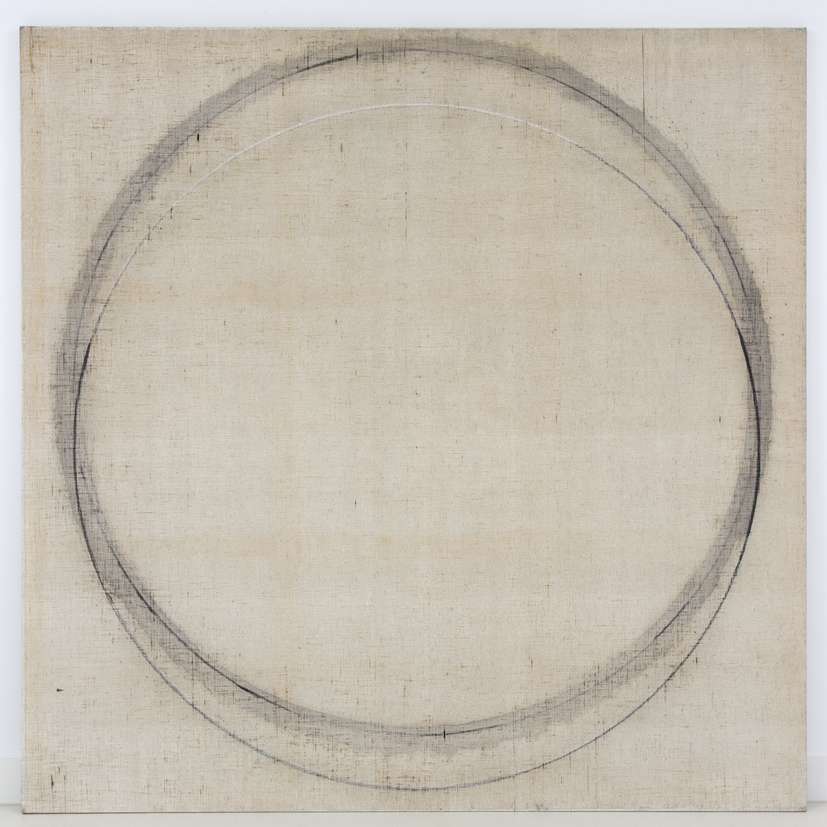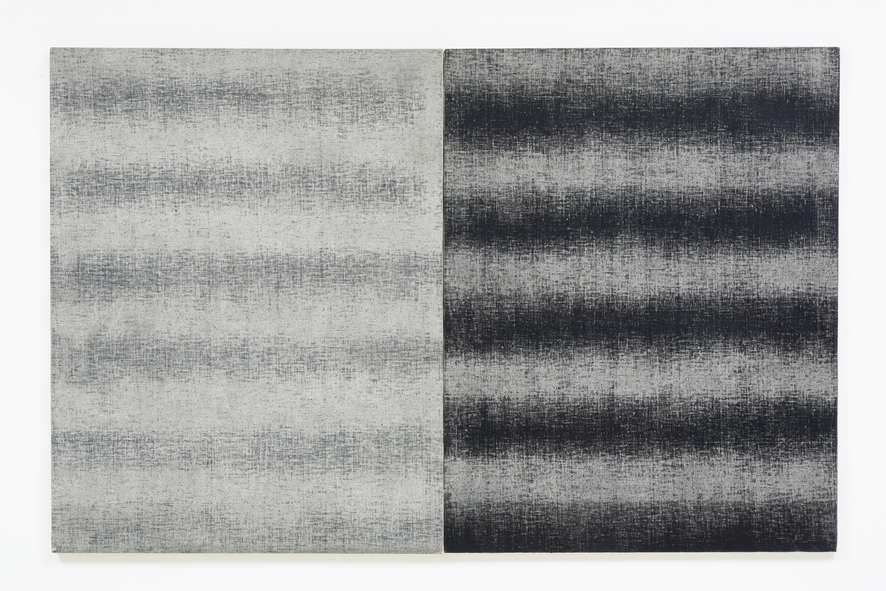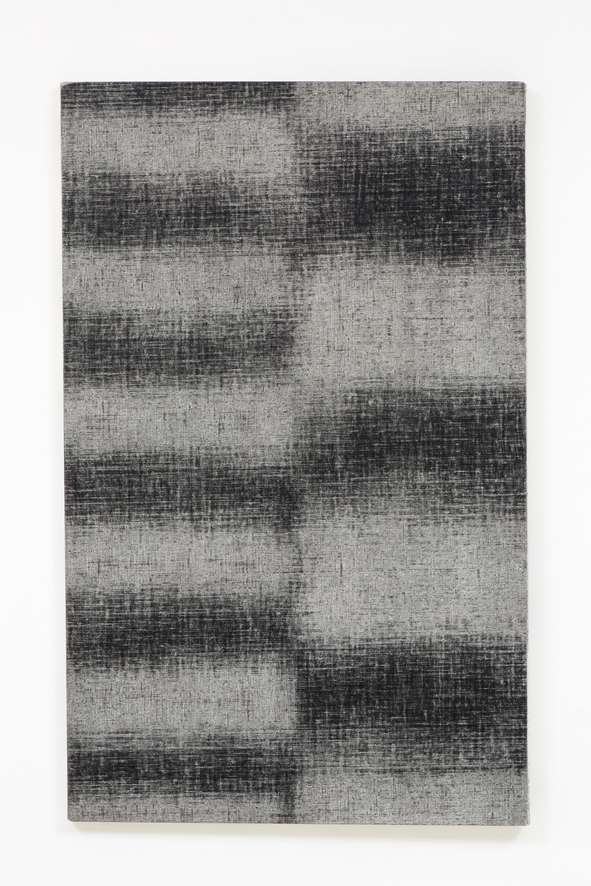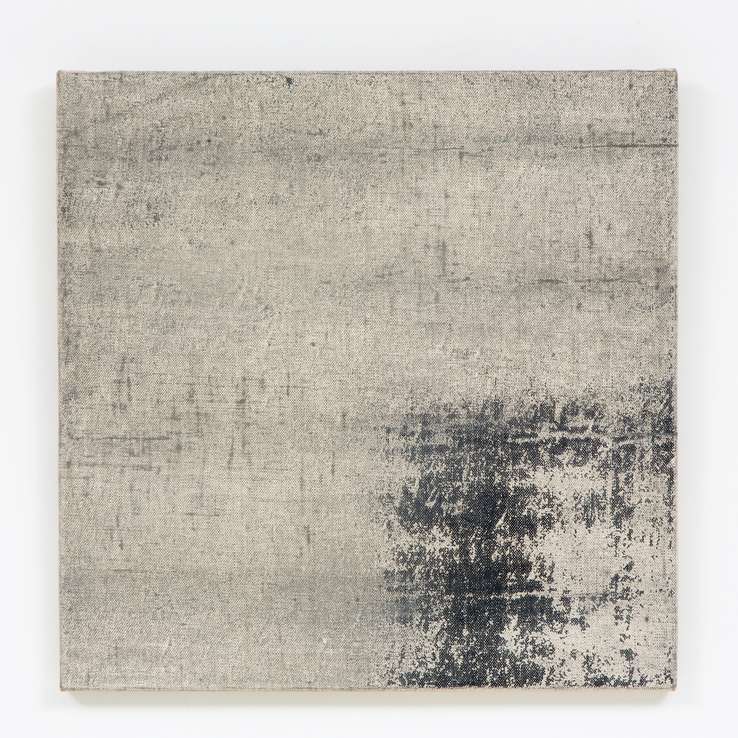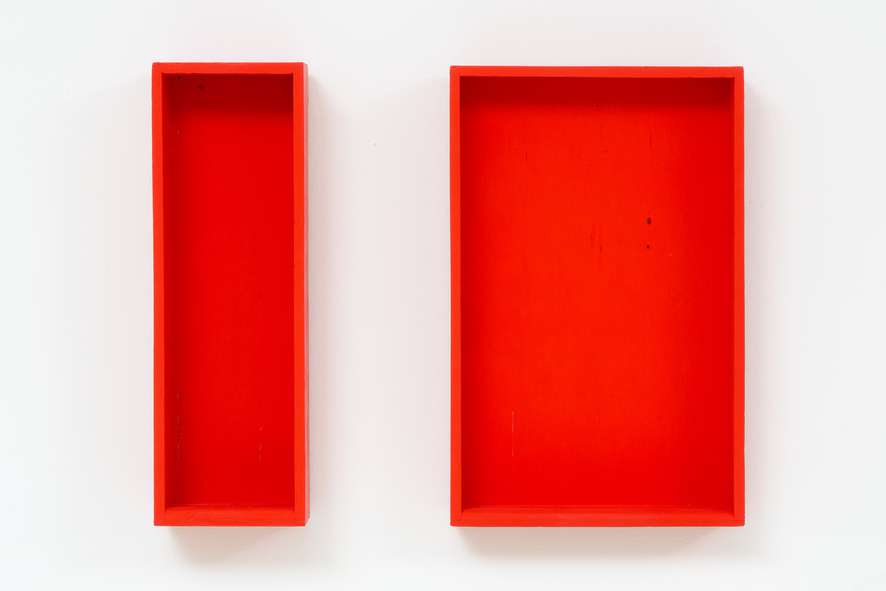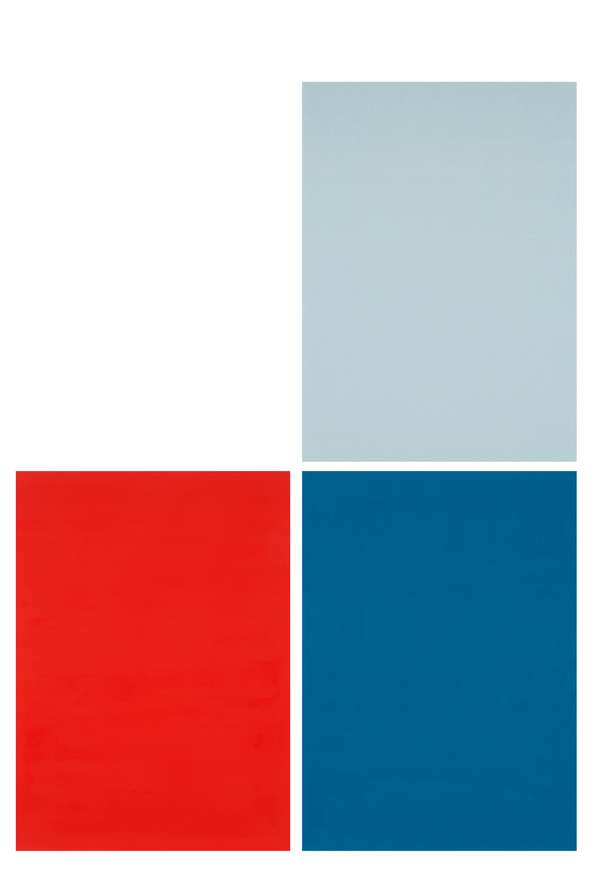Akio Igarashi // Takashi Suzuki
Truly great art transcends borders, this belief not only marked the foundation of the gallery, but also lies at the base of our annual programme. That is why we are proud to announce that we will open this upcoming season with an extraordinary exhibition, focused on the work of two prominent Japanese artists: Akio Igarashi and Takashi Suzuki.
The paintings by Akio Igarashi (1938) are best characterized as modest, but groundbreaking explorations of time. The show will present works by Igarashi dating back to the '80s, '70s and '60s. In the early '70s, concurrently to his contemporaries in New York, Igarashi started to experiment with ways to ‘erase’ his paintings: most notably by using sandpaper to scratch off layers of paint. These Drawings by drawing, as they are called, evoke the concept of adding to the painting, by in fact, removing it. It therefore comes as no surprise that the ‘skin’ of these paintings is of great importance. This also refers to the Japanese tradition of lacquerware, which dates back to the sixteenth century. Here, the adding of specific, different layers of lacquer is decisive for the resulting surface. In the works by Igarashi, these built up layers have deliberately been exposed, in varying degrees because of the pressure applied: the result of sanding. For Igarashi, all actions, from adding every layer of paint to exposing them, are related to an experience of time. This notion can be traced back to Zen Buddhism and the theory of ‘being-time’: wherein there is no formal separation between temporalization and spatialization.
Takashi Suzuki’s (1957) work is firmly grounded in a sculptural approach to painting. The show will provide an overview of Suzuki’s work since the late ‘90s, when he decided to move away from traditional sculpture to pursue a broader definition of his artistic practice. Suzuki was originally trained as a sculptor, and has worked successfully in this field for a couple of years. After some time he found that the possibilities, for instance in terms of colour usage, offered by traditional sculpture were too limited. It was then, in the late ‘90s, that he started to explore colour, in order to achieve more of a visual experience, by painting wood and MDF. After this, he eventually moved on to canvas and paper. His work is, however, still characterized by a strong sculptural component. By approaching paintings as three-dimensional objects, for instance by exhibiting them lying on the ground, he defies traditional expectations of painting and how we perceive it. In addition to this, his use of colour often underscores this sculptural approach. Although he limits his palette solely to shades of red and blue, the possibilities he creates seem infinite. For example, the work Light consists of two parts: a small red canvas, and one in blue, both painted in acrylic and ink. The outsides of the canvas are more opaque than the inner part, creating the illusion of depth, or, three-dimensionality: an object that sheds light and casts shadows.


